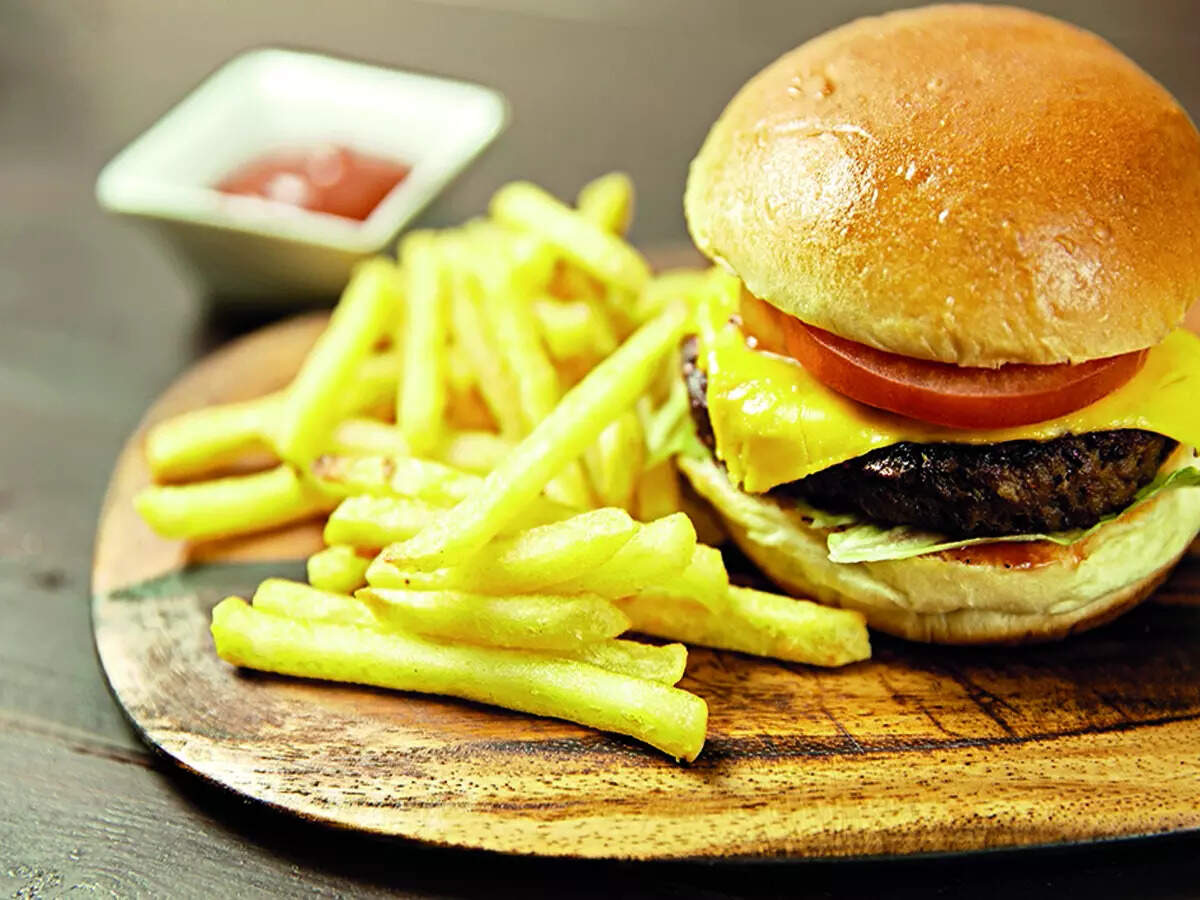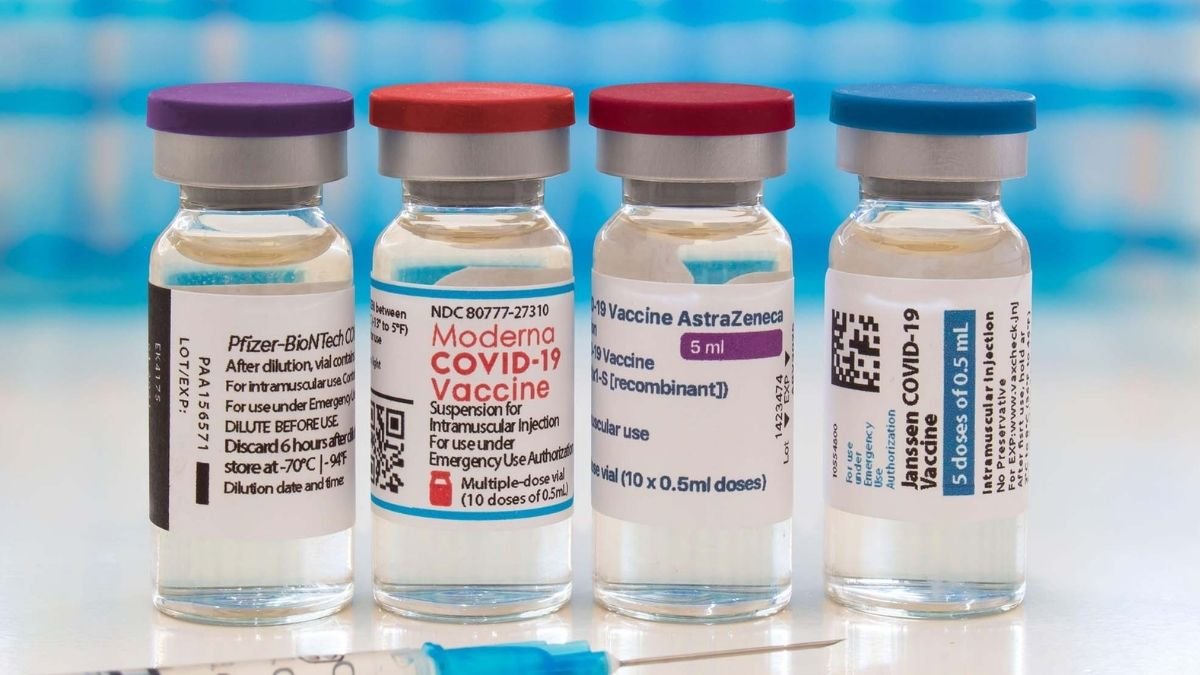Do you get cravings for cheesy burgers and fries when you’re on a diet? A study on mice found that doing high-intensity exercise while dieting can reduce cravings for fatty foods.
Rats on a 30-day diet who exercised intensely resisted cues for preferred, high-fat food pellets in a study led by Washington State University, providing hope for human dieters.
While more research is needed, the study may suggest that exercise can help with food restraint, according to Travis Brown, a physiology and neuroscience researcher at Washington State University.
“A really important part of sticking to a diet is having some brain power — the ability to say, ‘no, I may be craving that, but I’m going to abstain,'” Brown said.

“Exercise may be beneficial not only physically for weight loss, but also mentally for gaining control over cravings for unhealthy foods.”
Brown and colleagues from WSU and the University of Wyoming trained 28 rats with a lever that, when pressed, turned on a light and made a tone before dispensing a high-fat pellet.
They tested how many times the rats would press the lever after training to get the light and tone cue.
The rats were then divided into two groups: one received high-intensity treadmill running, while the other received no additional exercise outside of their regular activity. For 30 days, both groups of rats were denied access to the high-fat pellets.
At the end of that period, the researchers gave the rats access to the levers that had previously dispensed the pellets, but this time when the levers were pressed, they only provided the light and tone cues.
The rats who did not exercise pressed the levers significantly more than the rats who did, indicating that exercise reduced the craving for the pellets.







































